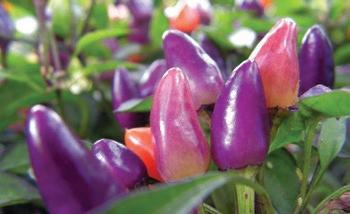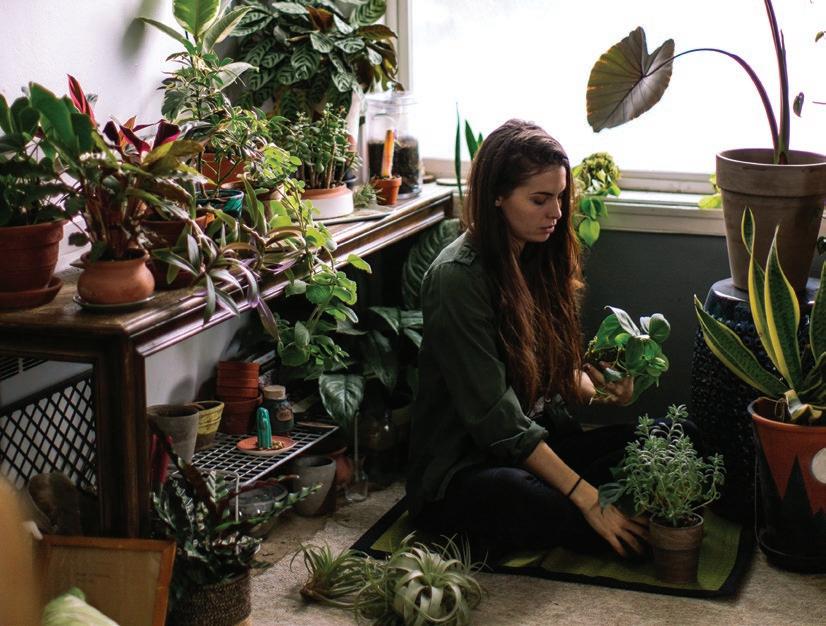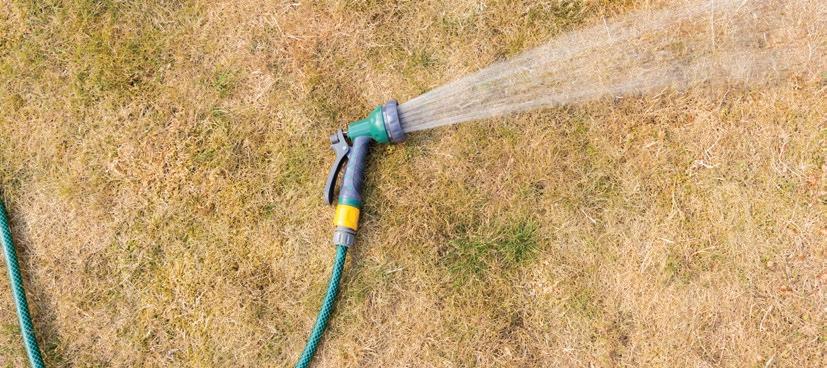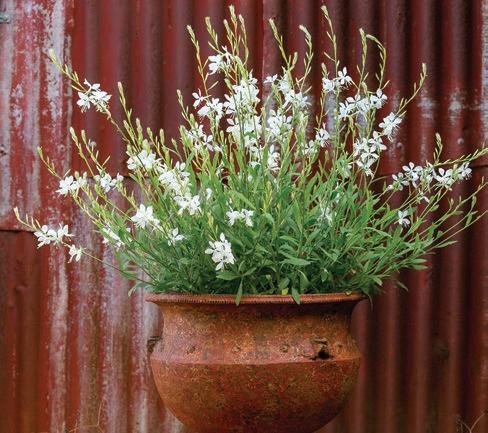A cover up
Start with improving the soil
Garden plants will tolerate extreme fluctuations in weather better if the soil is healthy and full of rich composted nutrients with a free draining, open structure. Improve the soil at the beginning of Summer with good quality organic matter, such as 5 IN 1 Organic Fertiliser. This will improve any soil type, helping to condition it and increase water holding capacity but allowing free drainage. It is easier to improve the soil before planting, but soil can also be improved on established gardens by applying a layer of fertiliser over the soil under mulch. During long dry spells of hot weather, soils can become hard and compacted making the needed water from Summer rain either pool on the surface of the soil or run off immediately, both not allowing the water to penetrate into the soil and to the roots. This is called Dry-out. A good test to see if your soil is repelling water is to give it a good watering, and then dig into the soil to a depth of about 3–5cm. If the soil at that depth is still dry and has not become damp, an application of Searles Penetraide would be beneficial. Searles Advanced Penetraide Re-Wetting Granules improves water penetration by letting the water soak into the soil greatly increasing water holding capacity and maximising the amount of water that can be held in the soil. Once Searles Penetraide has been applied, its benefits will last for up to 12 months. Every time you water, the water will soak straight into the soil, reducing runoff and wastage. By allowing the water to penetrate deep into the soil, plants will be able to utilise the water that is stored and protected in the soil, thus enhancing plant growth with less water. The benefits of Searles Penetraide are improved plant growth with far less water. page 10 | About the garden magazine
Mulching is essential in our hot climate, especially from Spring through to Autumn, but it is also important to protect the soil structure in times of flooding. Mulch greatly reduces water loss from evaporation, keeping the water in the soil longer. As well as this, mulch helps to insulate the soil, keeping the soil cooler where the plant roots are. This helps to improve plant growth and reduce stress to the plants. Top up your Summer gardens with a fresh layer of mulch. Be careful not to apply too thickly as the water won’t be able to penetrate the mulch layer.
Watering in dry weather
The basic photosynthesis principle applies, the hotter and drier the weather the more your plant will lose water in evaporation and the more moisture uptake from your roots. So on very dry, hot days water more often and deeply. If the forecast is for a deluge of rain, turn off your auto irrigation system. Some golden rules of watering: 1. When watering, give long, deep, thorough soaking on an occasional basis in preference to regular, light watering. By watering deeply, the water penetrates deeper into the soil, where it is more protected from the heat of the sun and from evaporation from the soil surface. This will also encourage plant roots to grow deeper into the soil which will help protect the roots from drying out too quickly, protect them from extremes of temperature and also help anchor the plant more effectively. 2. Water very early in the morning or at night. Avoid watering during the day. By watering when the sun is down, the water has the best chance to soak into the soil before it is lost to evaporation. Avoid using a sprinkler; try to apply water directly onto the soil around the plants if possible. The use of microirrigation and dripper systems will dramatically reduce water usage and deliver it right where it is needed. If you follow these easy steps to wise water management, you will find that you can successfully create a living oasis in dry times with minimal effort.








